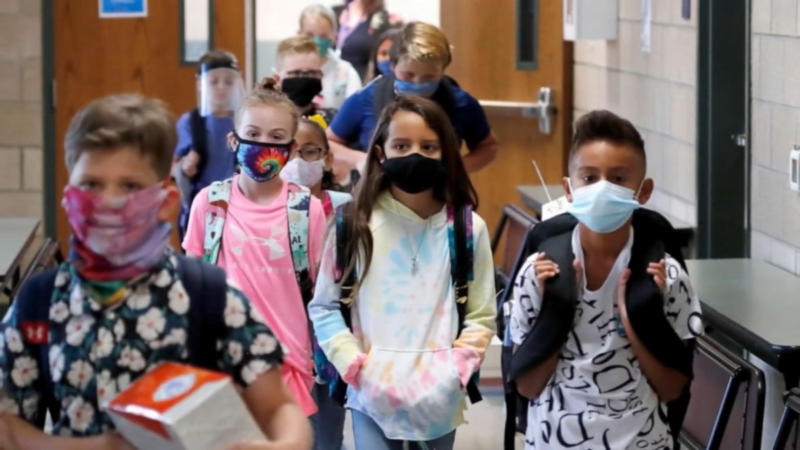Educational equity remains a critical and complex issue in societies worldwide. Despite numerous policies and initiatives aimed at leveling the playing field, significant barriers persist, preventing equal access to quality education for all individuals.
These barriers, deeply rooted in socio-economic, racial, and geographical disparities, create a wide gap between different groups of students.
Let us talk about them in greater detail.
Disproportionate Poverty and Trauma
Barriers to educational equity include the pervasive impact of disproportionate poverty. This form of poverty is one of the most pressing moral challenges facing society today.
Historically, labor, housing, and education laws, especially during the Jim Crow era, established a racial caste system that continues to hinder upward mobility for people of color.
Statistics from the National Center for Children in Poverty (2016) highlight this disparity: 12% of White children live in poverty, compared to 34% of Black children.
Furthermore, 17% of Black children experience deep poverty, while only 5% of White children face similar conditions (Koball and Jiang, 2018).
Research shows that nearly two out of three children born into the bottom fifth of the income distribution remain in the bottom two-fifths as adults (Isaacs, Sawhill, and Haskins, 2009). This means that children born into poverty have a high likelihood of remaining in poverty throughout their lives.
Moreover, the disproportionate nature of poverty results in a higher incidence of multi-generational poverty among Black families.
The lack of resources and income is often passed down from one generation to the next, perpetuating the cycle of poverty.
Poverty and Trauma

While not always included in formal definitions of trauma, poverty is indeed considered a traumatic event.
Families with low incomes are more likely to endure prolonged stress, contributing to difficulties in later adjustment (Blair et al., 2011; Jiang, Granja, & Koboll, 2017; Wadsworth & Santiago, 2008).
Research indicates that economic hardship adversely affects the overall well-being of a family, as healthy brain development relies on positive experiences (Shanks & Robinson, 2013; Tierney & Nelson, 2009).
The negative consequences of poverty tend to intensify the longer a child remains in impoverished conditions and exposed to stressors.
Due to the intersection of race, poverty, and trauma, many children and families endure complex trauma stemming from historical trauma.
According to LeBron and colleagues (2015), historical trauma encompasses the cumulative adverse effects of racism on the lives of Black individuals.
This type of trauma has inflicted negative psychological, health, economic, and social impacts on generations of people of color.
Consequently, this recurring, unresolved trauma overwhelms the coping abilities of individuals and communities, creating feelings of powerlessness that perpetuate the cycle.
Lack of Access to High-Quality Early Childhood Education
Another significant barrier to educational equity is the lack of access to high-quality early childhood education.
Decades of research indicate that high-quality early childhood education is one of the most impactful investments we can make to level the playing field for all children.
Studies have shown that Black children are the least likely to have access to high-quality care and education.
For example, 36% of White children enrolled in childcare attend high-quality programs, whereas only 25% of Black children participate in such programs (Barnett and Nores 2013).
Head Start, a program designed to serve children from very low-income families, focuses on providing high-quality early childhood services.
However, only 26% of programs serving black children are considered high-quality, compared to 48% of programs where White children receive high-quality services.
Research on childcare accessibility indicates that low-income neighborhoods are often ‘childcare deserts,’ meaning they have little to no access to high-quality programs.
Neighborhood wealth, maternal employment, and education levels significantly influence the supply of affordable, high-quality childcare.
The presence of community-based organizations that advocate for state and federal funding plays a crucial role. Consequently, high-quality early childhood programs are often limited in high-poverty neighborhoods (Fuller et al. 2002).

